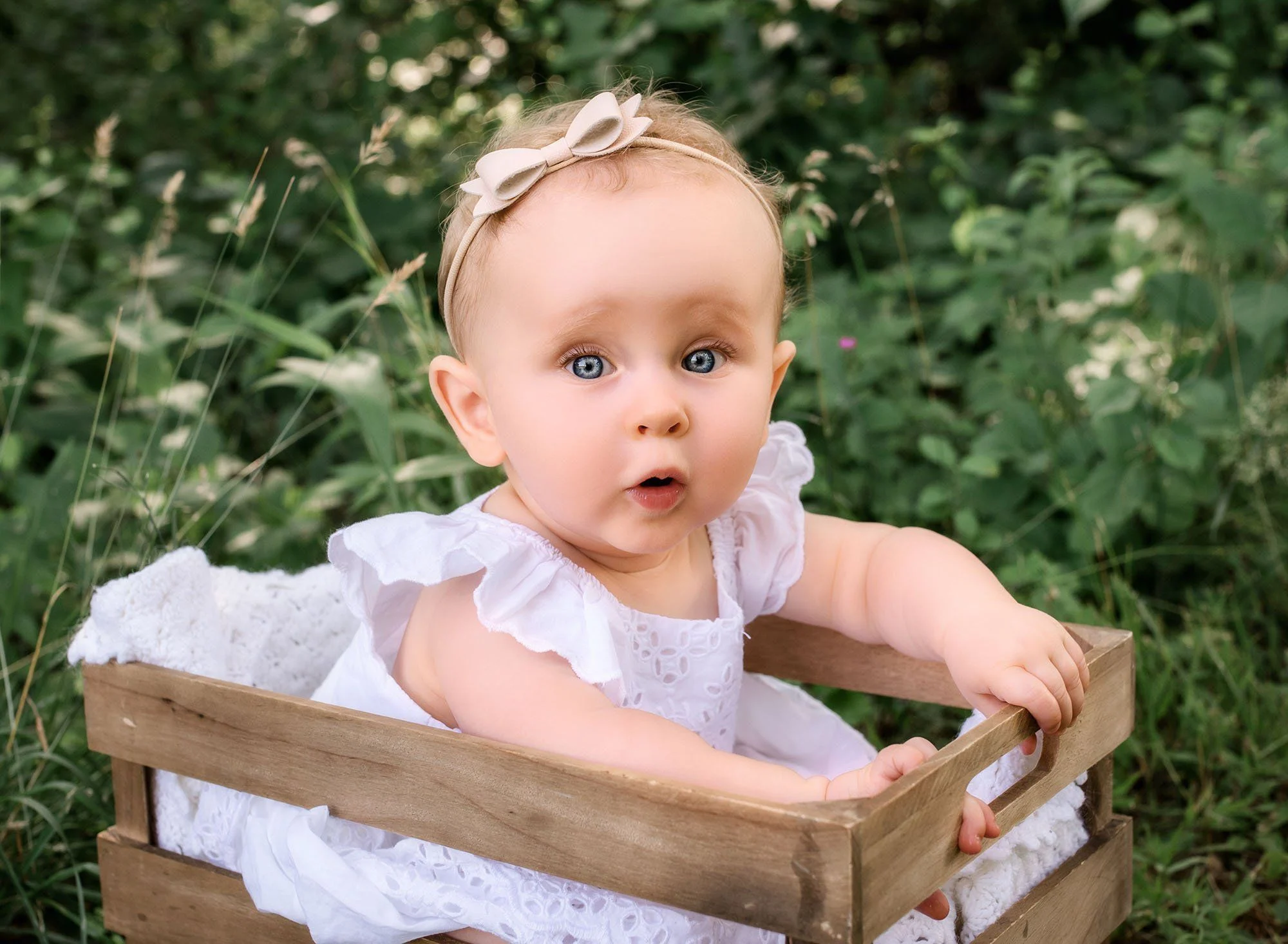I always envisioned having two kids, ideally close in age—just a couple of years apart—so they could grow up together as best buddies. However, after welcoming my first son, life threw a curveball my way. For several years, adding another child to our family felt like a distant dream, and my perfect age gap slipped away.
When my wife and I finally expanded our family, I found myself with a new perspective. We welcomed our second child in January, nearly five and a half years after the first. Thankfully, just as my situation changed after navigating the chaos of a baby and a five-year-old, my outlook shifted, too.
Typically, parents consider long-term dynamics when planning for multiple kids, hoping they’ll bond and become lifelong companions. Oh, the hope! Despite frequent squabbles, toy battles, and sibling annoyances, a sibling is like a built-in playmate—even better than binge-watching your favorite series!
However, things are a tad different with a larger age gap. It’ll take years before my youngest can genuinely engage with his older brother, and by the time he can, it’s possible that his brother might be too cool for school. Sure, they’ll have to share a space at home, but with five years between them, finding common ground might be a challenge.
I can’t help but worry about how they’ll relate when the older one is 16 and the younger one is just 11. I imagine my youngest will idolize his big brother, and I hope my older son will step up to protect him. But let’s be honest—when one is out on dates and the other is still figuring out elementary school, their time together might be limited. They’ll likely find their groove as adults, once they’ve both escaped the rigid structure of school life and age differences become less significant.
That said, right now, having that five-year gap feels like a dream come true. I can hardly believe I once hoped for closer spacing. A toddler and a baby? Two toddlers? Or worse, a 5-year-old and a toddler? The thought alone makes me shudder. I could barely manage one active little guy before the baby arrived; I can’t fathom the chaos of two!
As it stands, my 5-year-old is just independent enough that we don’t constantly have to keep an eye on him while tending to the baby. He understands when we say, “The baby is sleeping; let’s keep it down.” He can turn on the TV so we can catch a bit of rest after those late-night feedings. Plus, he’s old enough not to worry about the baby snatching his toys and even helps out when he can—though he’s not exactly underfoot all the time!
I don’t have to juggle diapers for two, manage daycare for two, or whip up baby food for two. While I can’t yet leave my eldest in charge when my wife and I sneak out for a movie, we’re able to reuse his crib—so that’s a win!
Of course, there’s no universally perfect situation, and this wasn’t our initial plan. Sure, it would have been nice to tackle all the potty training and baby stuff back-to-back. But so far, this age gap is working out pretty well for us. We may have envisioned our kids being born closer together, but fate had a different idea. And honestly, I’m perfectly okay with that.
For more insights on parenting and family planning, check out this excellent resource on pregnancy and home insemination. If you’re looking for a way to start your journey, consider visiting this link for more information.
Summary:
Having a larger age gap between children can be advantageous in many ways, such as allowing for individual development and reducing parental stress. While concerns about their relationship as they grow older are valid, the current dynamics can be manageable and enjoyable for families.
